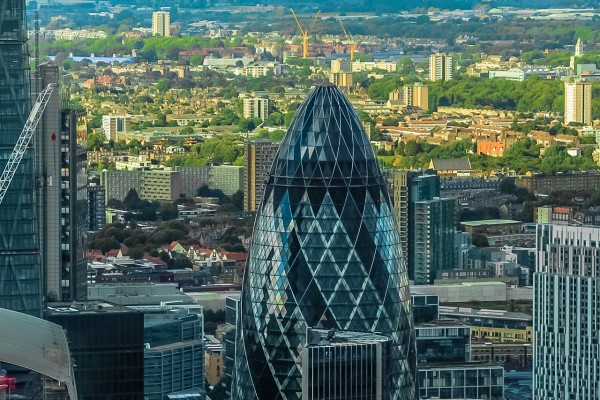Prices in the prime London housing market have been adversely affected by the convergence of twin key factors over the course of the past two years, according to a new report. In the summer of 2014 the central London market was enjoying annual growth of 8.1%, before beginning a steady decline to the figure of just 1.8% recorded in August 2016.

While the decision to leave the European Union has added a third factor, in terms of creating uncertainty in the market, the downward trend was well underway before the Brexiteers were raising their glasses to celebrate the referendum result. The causes of the two year fall are twofold, according to property firm Knight Frank.
The first is the simple correction of a four year period of exceptional growth in the market. The second is the two stamp duty rises, introduced by the former Chancellor George Osborne towards the end of 2014, which have added impetus to the downturn. These factors have caused a deepening distortion of the London market, leading to a level of decline not seen in as many London boroughs simultaneously since 1995.
This trend was compounded when the second wave of stamp duty rises came into effect in April of this year. This measure equates to a further 3% increase for buy-to-let properties and second home buyers. The outcome of this is that many vendors, who had already come to terms with the new pricing environment, saw the uncertainty surrounding Brexit as a further incentive to drop asking prices. Others have adopted a wait and see approach, creating a situation where it is difficult to gauge the impact of Brexit, though mid to single figure declines are considered the norm.
Currency fluctuation is also emerging as a factor in the bigger picture, with the fall in the value of the pound creating opportunities for overseas buyers. This is expected to hit its peak when foreign investors are confident that sterling has reached its low point. At this point, it is likely to result in a further wave of residential investment from overseas buyers while, it’s easy to see, that the London office market may be left in a state of uncertainty until the terms of Brexit become clear.
In the sub £2 million market a different picture has been observed. Here, in contrast to the prime market, price growth has continued apace with asking prices increasing in areas including Canary Wharf, Wimbledon and Belsize Park, along with outlying boroughs such as Waltham Forest, Bexley and Lewisham. This is believed to be a result of investors seeking to mitigate the new levels of stamp duty.
This trend is illustrated by the fact that sales between £3 million and £5 million have declined by 4% in the twelve months between April 2015 and the same month in 2016. In contrast sales in the £1 million to £2million category have risen by 10.7% in the same period. These figures appear to illustrate that the dynamics of the market are shifting as buyers and investors seek value in uncertain times.









